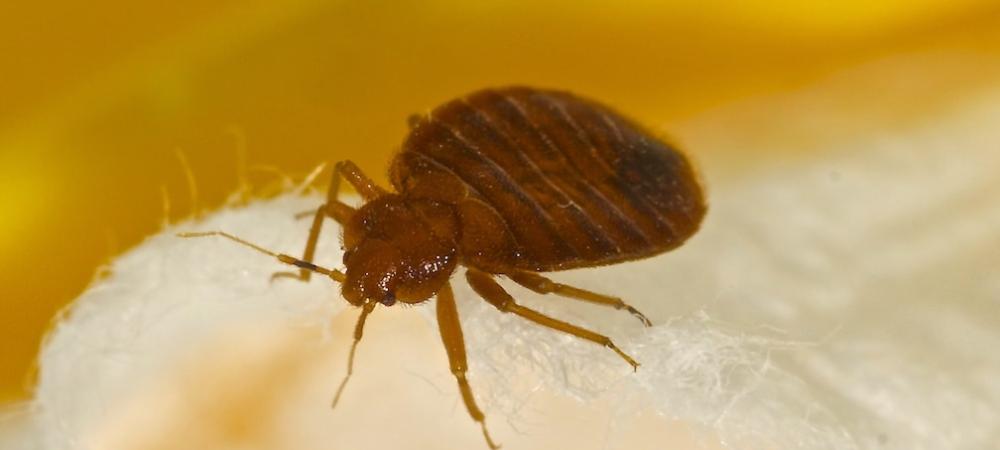The Dangers of Mites

In Texas, we often hear about ticks and the dangerous diseases they can spread, but mites, their lesser-known close cousins, can be just as problematic. While mites may be smaller and less talked about, they can still cause significant discomfort and health issues for both humans and pets. These tiny pests are known for burrowing into the skin, causing irritation, allergic reactions, and, in some cases, transmitting diseases. Understanding the different types of mites and their potential impact is key to protecting your household from these hidden invaders.
Types of Mites in Texas
Several types of mites in Texas can pose a threat to both your health and the comfort of your household. These tiny pests often go unnoticed until they cause allergic reactions, skin irritations, or even damage to your belongings. Understanding the different types of mites is crucial for protecting your home and family. Here’s a look at the most common mites you may encounter in Texas.
The Rat Mite
This nasty critter (Ornithonyssus bacoti) is best known for infecting rodents but will also attack humans and domestic animals. Like vampires, they rely on blood to survive and use their fangs to bite their victims. Even if your property is free of rats and mice, you’re not necessarily safe from rat mites. Surprisingly, the most hygienic and well-maintained areas can be prime targets for these pests. When they can’t find a rodent to feed on, they’ll seek out other hosts, including humans. Their bites can cause intense itching, swelling, and sometimes bleeding. Severe allergic reactions, rashes, and secondary infections from scratching are also common outcomes of rat mite infestations. According to pest control experts, rat mites are a growing issue in urban areas where rodent populations are high, but homes without rodents can still fall victim to these tiny invaders.
The Spiny Rat Mite
The Spiny Rat Mite, though smaller than the common rat mite, is just as problematic. Its spiny appearance gives it its name, and this mite typically hides in secluded areas like cupboards, closets, and tight crevices within homes. Like its larger cousin, it feeds primarily on rodents, but when rodents are not available, it will look for human hosts. These mites can cause intense itching and skin irritation, often leading to secondary infections if the skin is broken from scratching. Because they live in hard-to-reach areas, detecting and removing them can be challenging, which makes regular pest control inspections essential to prevent infestations.
Tropical Rat Mite
This mite (Ornithonyssus bursa) is a serious pest that infests homes in tropical and subtropical regions, including areas around greater Houston. Similar to other rat mites, it hides in cracks, crevices, and dark areas of the home, making it difficult to spot. Tropical rat mites primarily feed on rodents but will also feed on humans if their preferred hosts are absent. Their bites can cause severe itching, irritation, and allergic reactions. Tropical rat mites are especially dangerous because they can infest entire homes, leading to widespread skin reactions among residents. In areas with warmer climates, infestations can persist year-round without proper control measures.
The Fowl Mite
Fowl mites (Dermanyssus gallinae) are particularly troublesome during the spring and summer months, but they can infest homes year-round. These mites originate from birds, often living on chickens, pigeons, and other fowl, but when their avian hosts are unavailable, they will readily infest human homes. Fowl mites tend to attack in mass swarms, which can result in hundreds of painful bites on a single person. These bites can cause severe itching, irritation, and sometimes allergic reactions. Because they often nest in birdhouses, attics, or eaves, controlling fowl mites requires addressing both the bird population and potential nesting areas.
The Scabies Mite
The Scabies Mite (Sarcoptes scabiei) is found across the globe, including in Texas. Unlike other mites that feed on blood, scabies mites burrow directly into human skin to lay eggs. This burrowing causes intense itching, red rashes, and blisters that can become infected if scratched excessively. Scabies mites are highly contagious, spreading easily through skin-to-skin contact or sharing bedding, towels, and clothing. Outbreaks in homes, schools, and care facilities can occur rapidly, as symptoms may take weeks to appear after exposure. According to the CDC, over 300 million cases of scabies are reported worldwide each year, making this one of the most common skin infestations. Scabies infestations require medical treatment, typically with prescription creams, and can take several weeks to months to fully clear up.
Can You Control Mites?
The answer to this question is, “Yes, to a degree.” Keeping your home as clean as possible can certainly help. Washing clothing in hot water, disposing of household waste promptly, and vacuuming your carpet daily can all minimize the risk of infestation.
However, the best way to deal with harmful mites is to trust the job to a professional extermination service like Envirocon. Our technicians have the training and equipment needed to eliminate these creatures from your home, keeping you and your loved ones safe from the health problems they cause. Call us today to find out more. We provide one-time and preventive home pest control in Houston and surrounding areas.